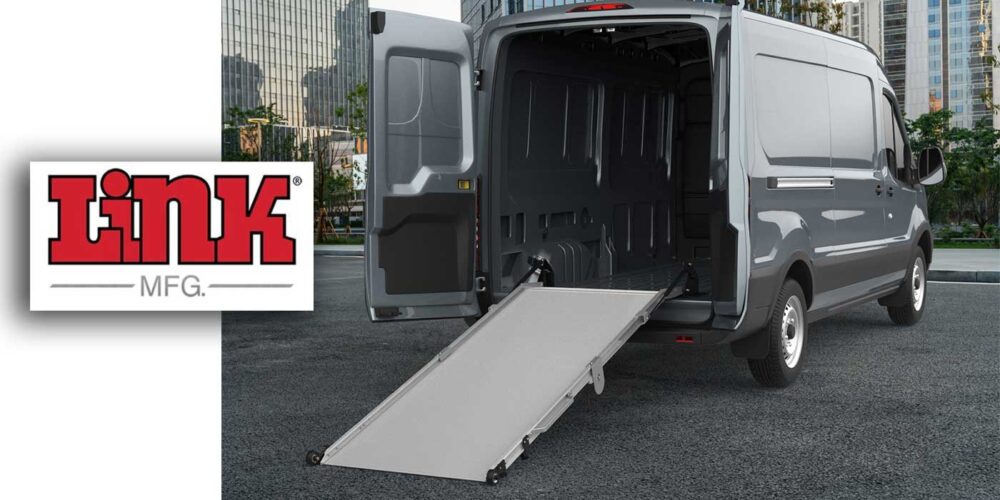Will truck tires always remain round and black in essentially their present form? It would seem unlikely that our current tubeless radials would follow, for example, some high drawbar-power farm tires that are being replaced by reinforced rubber belts and the lowly 6- and 8-in. wheelbarrow tires where solid urethane flat-proof tires are replacing their pneumatic predecessors. Increased traction, reduced soil deformation, and the elimination of inflation maintenance are driving factors in these conversions, where fuel economy is measured in gallons per acre and influenced by the percentage of wheelspin when plowing.
Let’s stargaze a bit about future truck tires. What about electric driving and braking modules contained within the tire and wheel assemblies at each axle end? The energy supplied to the individual wheel-enclosed motors would be supplied by a combination of power generated by a smaller-than-current diesel engine when it is not needed for full-time propulsion duty and battery-stored power from regenerative braking. Far-fetched maybe, but this basic concept is already being developed for small cars in Europe and has been in use for large earth moving equipment globally for decades. Some advantages of the wheel-end motor concept are weight reduction due to elimination of driveline components and maximized torque output for frequent starts from rest or slow speeds.
Advanced material technologies may also allow basic tire changes. Homogeneous polymers that can be injection-molded as a single unit may become available to replace today’s conventional rubber retreads. This would most likely require a modular tire to allow the new tread to be stretched and fitted to a basic casing, similar in construction and chemistry to those in current tires. Obstacles are mainly traction/treadwear performance and resistance to environmental elements over a wide range of temperatures, surface conditions, and diverse service requirements. The primary advantage here would be reduced cost. Remember, urethane wheelbarrow and some bicycle tires already exist.
Significant changes in vehicle configuration may also influence future tire design. For example, I’ve often wondered if today’s short wheelbase single drive-axle tractors that pull double and triple pup trailers would not perform much better if they were all-wheel drive with wide single tires at each axle end. Cost and component standardization seem the likely reasons why these don’t exist, but if they did, a new generation of high-tread steer/drive tires would be in order. More realistically, if proposed increased GVW limits are approved, either tires with higher load ratings and/or larger sizes than current models would be required, or additional axles allowing a larger number of current tire sizes and load ranges must be fitted. The latter alternative would likely increase tare weight more than fitting larger tires to existing axle configurations. It would also reduce maneuverability and treadlife due to added side scrub. The industry is already struggling to avoid increases in vehicle tare weights by offsetting the penalties of added emission, cooling system, and anti-idling equipment with lighter weight materials in other areas.
All things considered, it’s going to take a major change or two and something beyond the slow, methodical tire evolution we’ve come to know and appreciate, to cause a revolutionary difference in truck tire and wheel configurations. One significant note is the current trend of converting dual assemblies to wide single tires on drive and trail axles. In fact, many tire engineers agree this is a major change as the single tire concept continues to evolve to cover a wider variety of service conditions and vehicle types.













